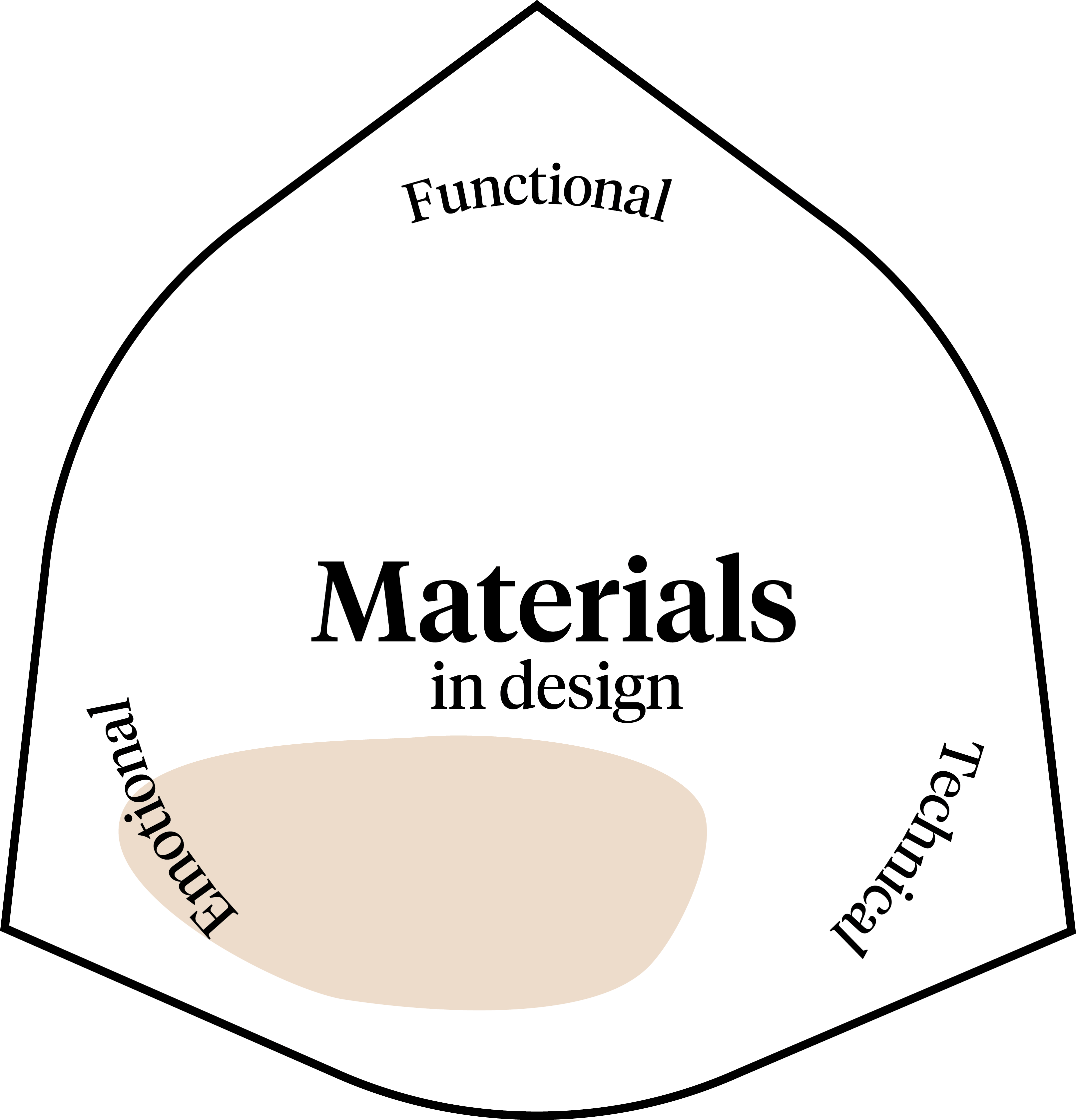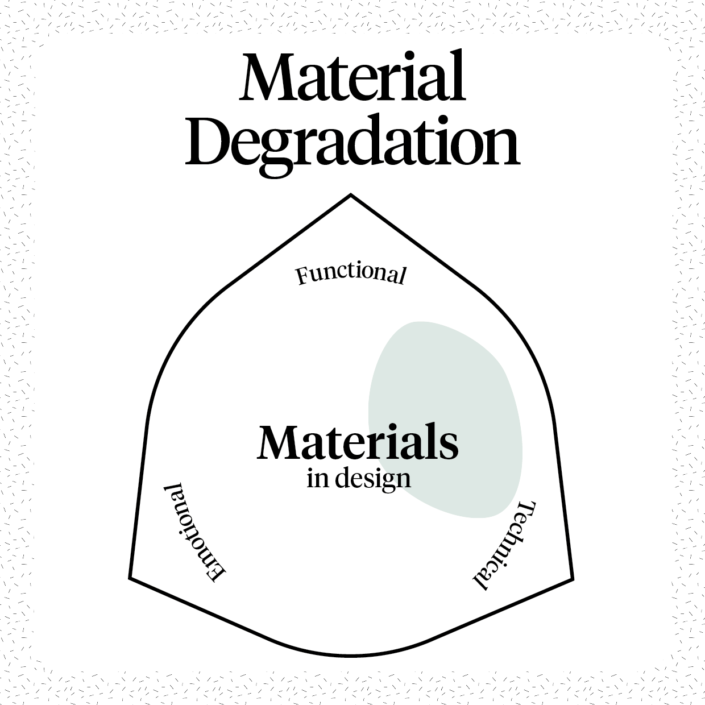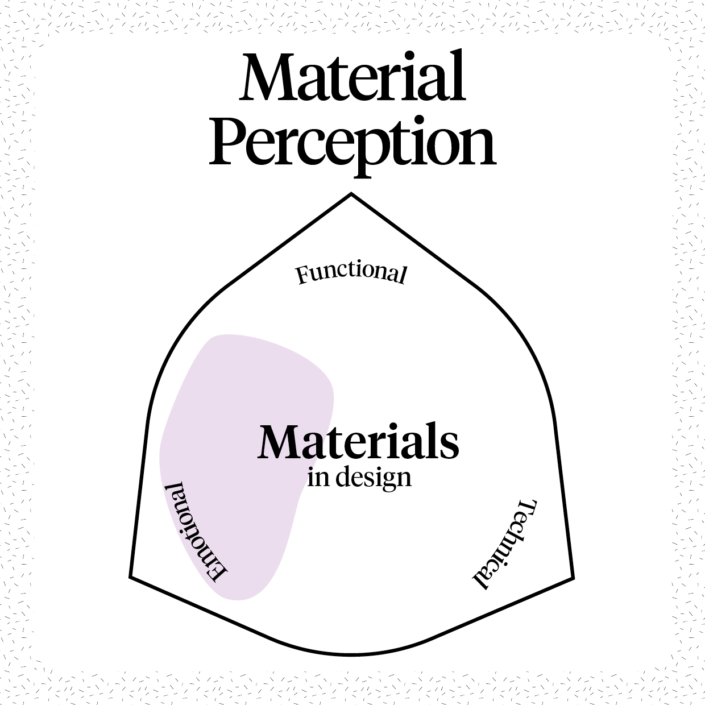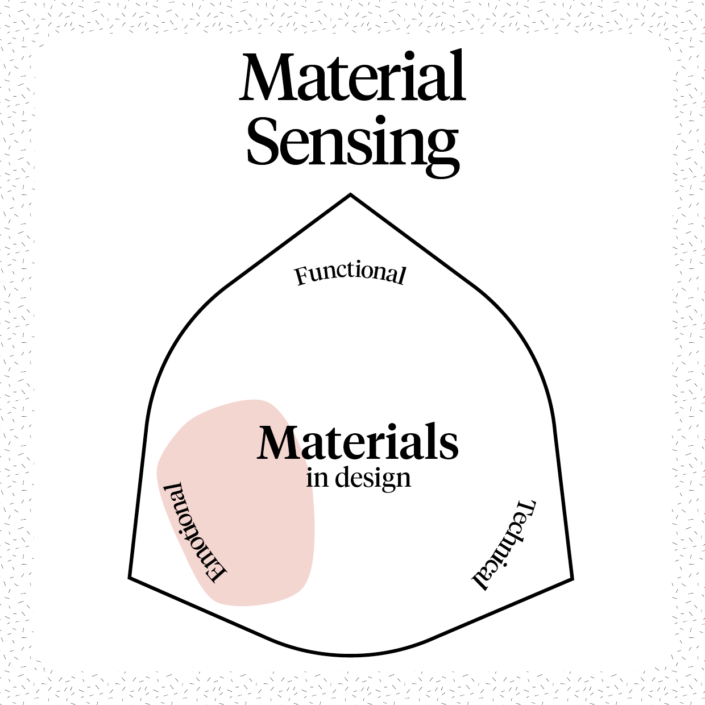What?
How a certain material and its surface react to surroundings and use over time.
Why?
Designers can increase product’s emotional and aesthetic durability by using materials that age ”gracefully”. Understanding of timing and control in design is fundamental for aligning material ageing with specific circular economy strategies.
Challenges
- Material ageing can be difficult to predict especially with new materials, composites or various surface treatments and manufacturing processes.
- Testing requires time and testing methods might be inadequate.
- Understanding complex social values and meanings incorporated in the ageing of material surfaces.
- Data on users’ physical interaction with objects and their responses to materials’ ageing may be limited.
- Designers might have limited understanding of the chemistry and
physics of materials affecting material ageing which calls out for multi-disciplinary approach.
Examples
- Hazal Ertürkan’s Chronomaterials explore the way materials can evoke positive experiences through their temporal qualities (e.g. showing passing of time as rewarding experience through dissolving qualities).
Further Reading
Chapman (2005). Emotionally Durable Design. Taylor & Francis.
Cooper (2010). Longer Lasting Products. Gower Publishing, pp. 83-85.
Lilley, Bridgens, Davies & Holstov (2019). Ageing (dis)gracefully: Enabling designers to understand material change. Journal of Cleaner Production volume 220, pp. 417-430.








